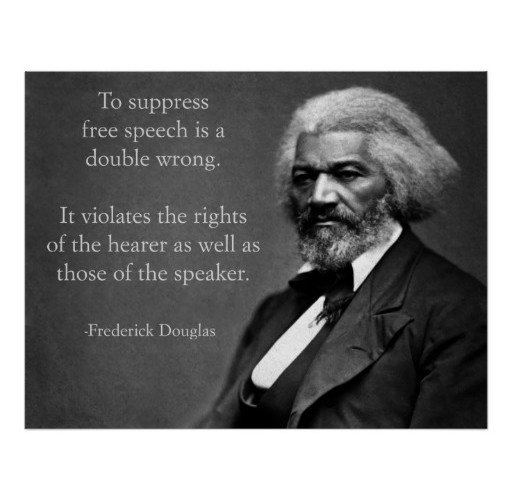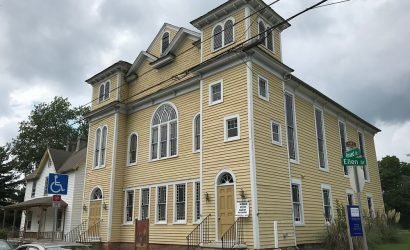The Eastern Shore is a hotbed of historical sites, particularly those associated with the Civil War era and the abolition of slavery. One such star from the Eastern Shore is Frederick Douglass, best known as an abolitionist and a statesman.
Douglass was born into slavery and given the name Frederick Augustus Washington Bailey. Other than these facts, there is little definitive information about the abolitionist’s infancy. For example, historians believe that he was born around the year 1818, although his true birth year and date were never discovered. Later in life, he chose to celebrate his birthday on February 14. He was also born somewhere in Talbot County, however there is some mystery as to the exact spot. In his biography, Douglass said that he revisited his former home on a plantation in Tuckahoe, Maryland. However, no such place exists. Historians can only guess that Douglass was referring to all of Talbot County, which lies next to the Tuckahoe River.
The abolitionist also never knew his father, although his father may have lived on the plantation in Talbot County. Douglass’ mother died when he was around the age of seven or eight and as a result, he lived with his grandmother Betty Bailey for a number of years.
Douglass was later sent to live on a Baltimore plantation belonging to Hugh Auld. Auld’s wife Sophia taught young Douglass the alphabet, although it was illegal to do so at this time. It is rumored that Hugh Auld eventually found out about the lessons and immediately put a stop to them. However, Douglass continued to learn to read and write from other white children that he came in contact with. It was also during his stay in Baltimore that Douglass began teaching other slaves how to read and write as well.
Following a dispute between Hugh Auld and his father Thomas, Douglass was given to Edward Covey, a master who was known as a “slave-breaker.” During this time, Douglass unsuccessfully attempted to escape two times. His final escape was made possible with the help of Anna Murray, a local, free, black woman, with whom Douglass had fallen in love. She helped him to escape by disguising him in a sailor’s uniform and a sailor’s identification. When he had successfully traveled to New York, Murray was notified and after being reunited, the two were married. They moved to New Bedford, Massachusetts and took the last name Douglass to hide their identity.
While living in Massachusetts, Douglass attended many abolitionist meetings and eventually told his story. Inspired by his story, William Lloyd Garrison, the African-American abolitionist writer, wrote about Douglass in his newspaper The Liberator. Douglass also gained recognition and began his speaking career when he spoke in front of a crowd at the Massachusetts Anti-Slavery Society’s annual convention in Nantucket.
In 1845, Douglass wrote his autobiography Narrative of the Life of Frederick Douglass, an American Slave, which became a bestseller in America and was translated into multiple other languages. Although his fame helped to spread his message of abolition, it also caused Douglass problems. Since Douglass was a runaway slave, he still technically belonged to his last master and could be captured. To ensure his safety, Douglass fled to Ireland and Britain where he continued to speak to crowds for two years. By 1847, Douglass’ British fans raised enough money to buy his legal freedom and he returned home.
Back in America, Douglass continued to produce abolitionist writings, including two other editions of his biography, newspapers such as The North Star and the Frederick Douglass Weekly. He also supported other human rights groups and became the only African-American to attend the first women’s rights convention in Seneca Falls, New York. He later spoke to President Lincoln and Vice President Andrew Johnson on African American slave rights and issues of slavery. During the Civil War, Douglass was a recruiter for the first 1st all black regiment of Massachusetts. He also served short terms as the Marshall of D.C., the Counsel General of the Republic of Haiti and chargé d’affaires for the Dominican Republic.
Unfortunately after speaking at the National Council of Women in Washington, D.C. in 1895, Douglass suffered a major heart attack and died at around the age of 77.








